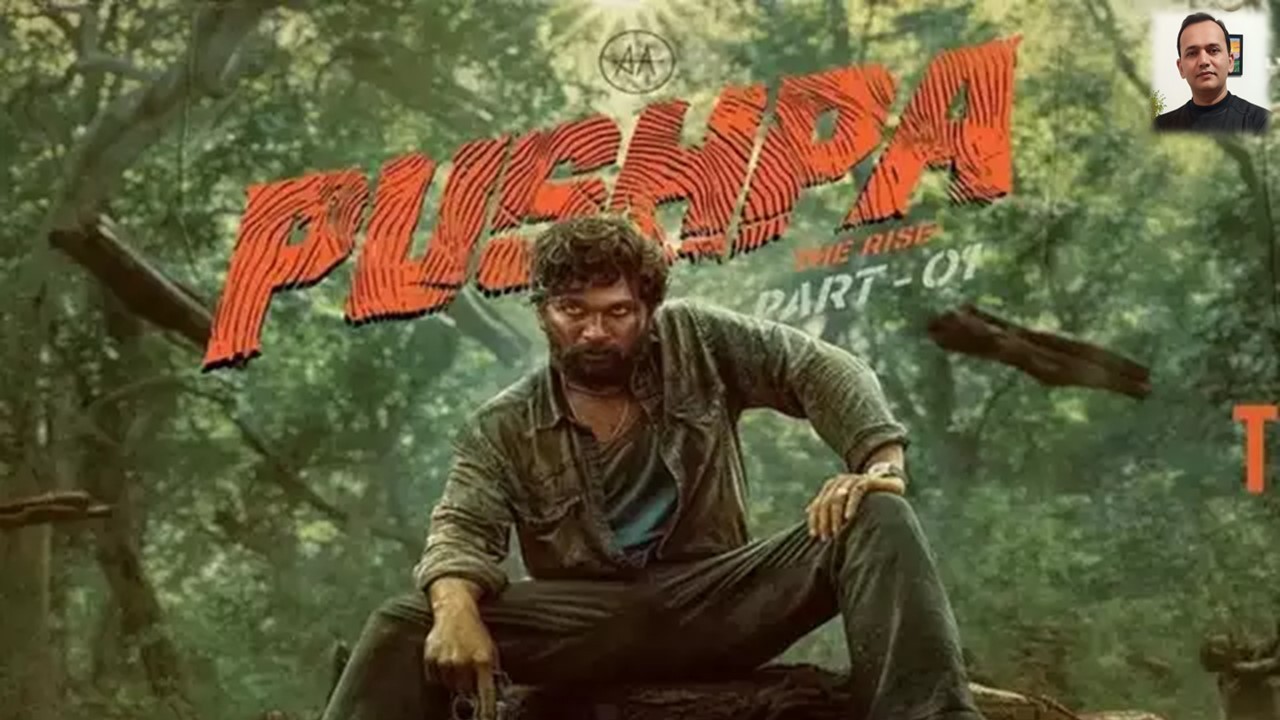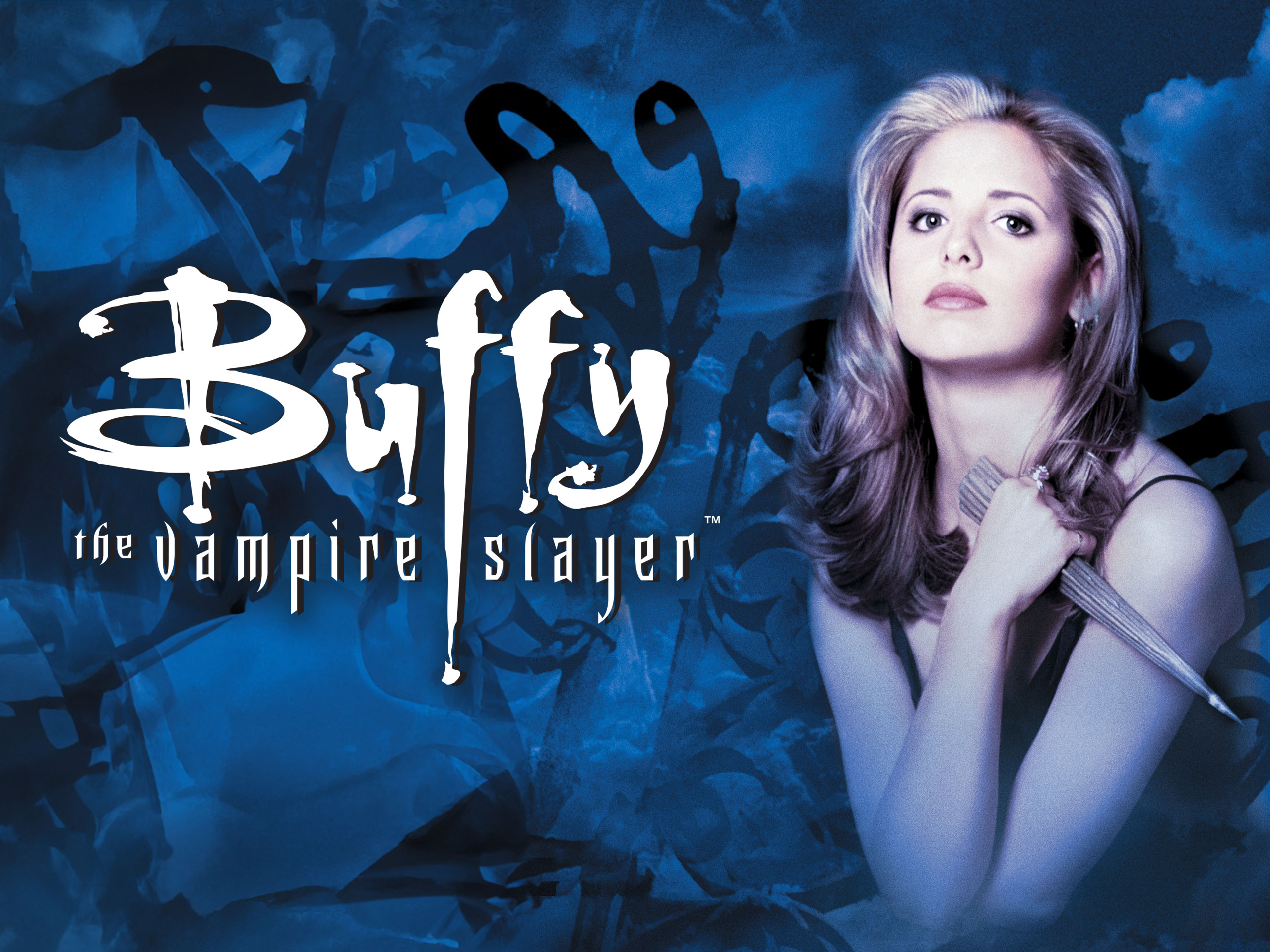Sports are the things that bring families, strangers and like minded people together for the common goal of rooting for players, teams and countries.
The term fan comes from the word fanatic, which often describes people who do have the desire and will to cheer for their sports teams or players and get all the emotional highs and lows of the games or matches. In America, The NFL, NBA and MLB rule the airwaves and get most of the coverage on sports radio TV and websites. However, a niche sports still graces us every now and then when big events or players often comes to the spotlight and that is the classic sport of golf.
Golf has been around for centuries dating back to its origins in Scotland and to this day is still played by many and viewed on TV by millions during PGA tours. Most people don’t think of golf as much of a team sport because the golfer is doing all the work and the caddie is usually there to just hand him the clubs and not break the concentration of the pro. Well, those were my initial instincts and beliefs as well until I watched the documentary Loopers: The Caddie’s Long Walk.
With narration by the lovable and the most famous groundskeeper of all time Bill Murray, this film gives us a nice history lesson about caddies and the transformation from local plebs and lower class bums to being the best friend, family member and confidant to the golfer because of the way golf has transformed in becoming a multi-million dollar business. It is quite fascinating, but is this documentary worth the watch and viewing? Well, we’re going to discuss the narrative of the story, the information being told, and the entertainment value. Is this film a hole in one or does it shank just to the right in the sand pit. Let’s review Loopers: The Caddie’s Long Walk.
The narrative of the story is about the caddie. The caddie originally was nothing more than low class who often were drunks, womanizers, unkept and a unruly bunch. They were porters and the lower class. They would be happy with some money and would usually stick with their own class because it made them feel comfortable that way. Bill goes into the story when golf came to the Americas and how caddies had to adapt and change with a code of conduct and a way to carry yourself. This came when the business side of golf started becoming more famous through television and news reels. From that point, we go into a lot of history starting with Arnold Palmer and Jack Nicklaus at Augusta to Pebble Beach and other famous.
It also gives us the knowledge how Augusta was one of the first, if not the first, links golf course in America and how you can only play through Augusta with only the local caddies and not your own. In time, we see a lot of generational changes, class changes and breakthroughs with gender. Caddies are no longer seen as pariahs and low class blokes but rather someone who the golfer needs to have a relationship and be there for moral support because no golfer will ever win any pro event with all they want is for their caddie to show up, carry their clubs and keep their mouths shut. Its a nice love letter to the caddie since they usually don’t get much of the recognition but are the ones that will guide the golfer with their history, determination and their approach to their victory whether or not the golfer listens to them or not.

The information in this movie is vast and many. We get a history lesson about the first recordings of golf taking place in Scotland, to Mary Queen of Scots, to the first couple of golf courses in America to the modern days of Tiger Woods and Jordan Spieth. The stories are told through the history as well through the perspectives of the caddies that helped the golfers become household names and champions. While you get information through historians and aficionados, its the stories some of the caddies share that make you smile, laugh and nod your heads in approval. While the average viewer might think there is a lot of transitions from the different golf courses and lot of different caddies, it eventually calms down with the moving from course to course and often focuses on a couple of courses in Scotland, Augusta and Pebble Beach. The knowledge is good and the knowledge is power.
This movie is a documentary. The entertainment comes from whether you’re a fan of the sport. There were some almost Monty Python style animation thrown in the beginning of the movie but it died off through telling interesting stories from the caddies point of view. Now, I’m not a golf fan but I do like sports. This movie was fascinating and I did find myself enjoy learning more about what a caddies job is supposed to entail and root for some of the people becoming successful with their dedication and loyalty to just wanting the golfer to succeed. The over 80 minute movie did take a bit to get started but it did somehow win me over through some stories, beautiful visual scenery of the golf courses and Bill Murray giving a little bit of narration to help tide us over through a generational shift or scene change.
If you like golf, this movie is for you. If you like sports but not sure about golf, I think it would be worth a shot viewing it because even though golf is the main subject, its the people that make it interesting and the stories and their lives are what makes it worth the watch. The sport itself is not what I would watch on a Saturday afternoon but get me some of those caddies on camera talking and hearing some of what they have to say, I wouldn’t mind dedicating less than a hour and a half of my time to hear some guys chatting about.
I give this movie three non-mentioned gophers out of four.

Movie
Is ‘Kraven the Hunter’ a Total Letdown?

“Kraven the Hunter,” directed by J.C. Chandor, aims to introduce a beloved Spider-Man villain to the big screen, but unfortunately, it falls short of expectations. The film suffers from noticeable issues, notably an overuse of ADR (Automated Dialogue Replacement), which detracts from the authenticity of the characters’ interactions and contributes to an uneven audio experience. This technical flaw is compounded by rough storytelling that feels disjointed and lacking in coherence, leaving viewers struggling to connect with the narrative.
Aaron Taylor-Johnson delivers a commendable performance as Kraven, showcasing the character’s gritty nature and complex motivations. His portrayal has potential, and it’s evident that he could elevate the character far beyond what is presented with a stronger script and direction. However, the absence of Spider-Man, a central figure in Kraven’s lore, leaves a void that the film struggles to fill. Without this critical connection, the plot meanders and fails to create the tension or stakes that fans of the superhero genre crave.
Additionally, including Rhino as a villain feels like a missed opportunity; he is presented more as a gag character with limited screen time, undermining any sense of threat or depth. For the average moviegoer, “Kraven the Hunter” might entertain but ultimately feels like a mediocre viewing experience. Comic book fans, however, may find disappointment in this lackluster attempt to create a solo character film. Instead of an exhilarating dive into Kraven’s world, the film presents a watered-down version, leaving audiences wishing for a more cohesive vision that honors its comic book roots.
Movie
A Brief Review and History of A Year Without a Santa Claus

A Year Without a Santa Claus, the 1974 stop-motion holiday classic produced by Rankin/Bass, is a heartwarming and whimsical tale that has cemented its place in holiday traditions. Based on Phyllis McGinley’s 1956 book, the story revolves around a disheartened Santa Claus who, feeling unappreciated, decides to take a year off from his Christmas duties. It’s up to Mrs. Claus and a pair of well-meaning elves, Jingle and Jangle, to reignite the Christmas spirit and show Santa the world’s unwavering belief in him.
The movie is beloved for its unforgettable characters, especially the bickering Miser Brothers, Snow Miser and Heat Miser. Their catchy, vaudeville-style musical numbers, “Snow Miser Song” and “Heat Miser Song”, are so iconic they’ve become cultural touchstones, often parodied and celebrated decades later.
Directed by Arthur Rankin Jr. and Jules Bass, the film continues the duo’s tradition of stop-motion magic, blending heartfelt storytelling with quirky humor. The voice cast, featuring Mickey Rooney as Santa and Shirley Booth as Mrs. Claus, delivers standout performances. Booth’s warm narration was her final acting role before retirement, adding a layer of poignancy to the film.
Initially released on December 10, 1974, on ABC, the special didn’t immediately achieve the legendary status of Rudolph the Red-Nosed Reindeer. However, it gained a dedicated following through annual holiday airings, nostalgic appeal, and its distinct charm.
The film’s themes of hope, unity, and rekindling joy remain timeless, making it a perennial favorite for audiences of all ages. Its blend of humor, catchy songs, and a touching message about believing in magic and goodwill ensures its enduring legacy during the holiday season.
For fans of holiday classics, A Year Without a Santa Claus is a must-watch that never fails to warm hearts and spread cheer.
Streaming
Review: Pushpa: The Rise (2021)

Director: Sukumar
Cast: Allu Arjun, Rashmika Mandanna, Fahadh Faasil
Genre: Action, Drama
Rating: 4.5/5
Pushpa: The Rise is a raw, adrenaline-fueled ride that showcases the underbelly of the red sandalwood smuggling trade in Andhra Pradesh. Directed by Sukumar, this movie brilliantly blends high-octane action with emotionally driven storytelling, making it a must-watch for fans of Telugu cinema and action dramas.
The narrative follows Pushpa Raj (Allu Arjun), a laborer in the red sandalwood trade, as he climbs the ranks to become a powerful figure. Born into poverty and scorned for his illegitimacy, Pushpa’s journey is marked by grit, ambition, and a fierce sense of self-respect. The film deftly balances the action-packed rise of Pushpa with moments of vulnerability, particularly in his tumultuous romance with Srivalli (Rashmika Mandanna).
The antagonist, Bhanwar Singh Shekhawat (Fahadh Faasil), is introduced towards the film’s end, setting the stage for a gripping sequel. The climactic confrontation between Pushpa and Shekhawat is a masterclass in tension-building, leaving viewers eagerly awaiting Pushpa: The Rule.
Allu Arjun: This is Allu Arjun’s film through and through. His transformation into Pushpa is a revelation, from his rugged look to his unapologetic demeanor. His mannerisms, including the now-iconic shoulder rub and dialogue delivery, make Pushpa an unforgettable character.
Rashmika Mandanna: While her role as Srivalli adds emotional depth to the story, it feels slightly underutilized. However, her chemistry with Allu Arjun is undeniable.
Fahadh Faasil: Despite limited screen time, Fahadh delivers a chilling performance as the cold and calculating Shekhawat. His presence promises an explosive conflict in the sequel.
Sukumar’s direction is stellar, balancing mass appeal with nuanced storytelling. The screenplay maintains a brisk pace, seamlessly weaving action sequences with character development. The film’s raw and grounded tone is a departure from the glossy feel of many mainstream Telugu films, adding authenticity to the story.
Mirosław Kuba Brożek’s cinematography is stunning, capturing the lush forests of Andhra Pradesh and the gritty world of the red sandalwood trade.
Devi Sri Prasad’s music is another highlight. Tracks like “Srivalli” and “Oo Antava” became cultural phenomena, while the background score enhanced the film’s intensity.
Action Sequences: The action choreography is visceral and hard-hitting, perfectly complementing the film’s tone.
The film explores themes of ambition, class struggle, and self-respect. Pushpa’s refusal to bow down to societal norms resonates deeply, making him a relatable anti-hero. The story also critiques the systemic exploitation of laborers, adding a layer of social commentary.
Pushpa: The Rise is an exemplary action-drama that redefines the Telugu film industry’s global appeal. With a magnetic performance by Allu Arjun, stellar direction by Sukumar, and unforgettable music, it stands out as one of the best films of 2021. While it occasionally falters with some underdeveloped subplots, the overall experience is nothing short of spectacular.
4.5/5 Pushpa: The Rise is a cinematic feast that deserves its cult status. Whether you’re a fan of Telugu action films or a newcomer, this film is a must-watch. Its cliffhanger ending ensures that Pushpa: The Rule will be even bigger and better.



